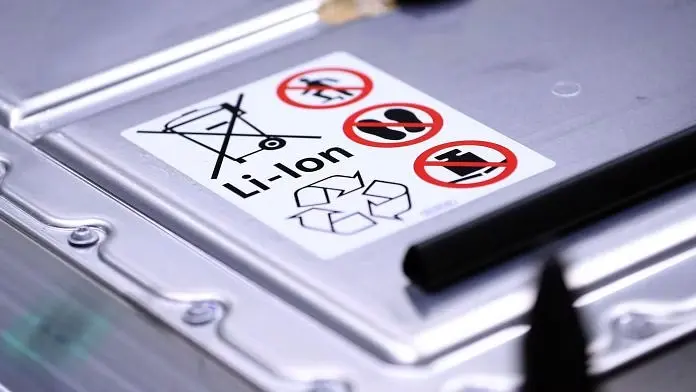
Which Products Require a UL4200A:2023 Test Report?
Currently, products containing button or coin batteries that are to be listed on Amazon and other e-commerce platforms need to comply with the ul4200a standard. Additionally, a gcc certificate, UL4200A report, and warning labels must be uploaded.

The ul4200A report primarily targets consumer products containing button or coin batteries, particULarly focusing on the potential physiological hazards these batteries might cause. Below is a detailed summary of the types of products that the UL4200A report applies to:
Product Types:
- Household Products: This includes items such as remote controls, GPS trackers, quartz watches, weight scales, remote switches, remote doorbells, electric ear picks, electric pens, electronic watches, electronic bracelets, glowing balls, calculators, pet glow collars, etc. These products may contain or use button or coin batteries.
- Consumer Products: Products that contain button or coin batteries, excluding those specifically using zinc-air battery technology, are subject to this standard.
- Toy Products: It's important to note that toy products that comply with the battery accessibility and labeling requirements of ASTM F963 "Standard Consumer Safety Specification for Toy Safety" are excluded from this standard.
- Products for Professional or Commercial Use: Products intended for use in areas not accessible to children, due to their specialized purpose and instructions, are not coveRED by this standard.
Definition of Button or Coin Batteries:
Consumer (household) products equipped with button lithium batteries with a diameter ≤32mm and where the diameter is greater than the height.
Structural Requirements:
- Products should be designed to minimize the risk of children removing, ingesting, or inhaling the battery.
- The battery compartment must be secured, requiring a tool or at least two independent and simultaneous hand actions to open.
- The battery should not be accessible.
Testing Requirements:
- Abuse Testing: Portable products must be dropped 3 times, and handheld products must be dropped 10 times (each drop from a height of 1 meter onto a flat hard surface).
- Crush Testing: A force of 330N is applied to the exposed surface for 10 seconds, using a flat surface approximately 100mm x 250mm.
- Battery Securement Test: For "batteries that are not intended to be moved or replaced by the user," a hook applying 20N of outward force for 10 seconds must not dislodge the battery.
The purpose of the UL4200A report is to ensure that these products do not allow children to access the batteries under normal or abusive conditions, thus reducing the risk of children accidentally swallowing or ingesting the batteries. This standard has been adopted by the U.S. Consumer Product Safety Commission (CPSC) and is a mandatory safety standard in the United States for products containing button batteries.
For inquiries and to obtain a gcc certificate and UL4200A report for button batteries, please contact hello@jjrlab.com (JJR Laboratory's UL4200A testing costs range between $480 and $720; we are an IEC 17025 laboratory).
Email:hello@jjrlab.com
Write your message here and send it to us
 What Are the Testing Items of California Propositi
What Are the Testing Items of California Propositi
 E-Cigarette EU TPD Testing
E-Cigarette EU TPD Testing
 Testing Certification for E-cigarettes Exported to
Testing Certification for E-cigarettes Exported to
 What is Amazon US CPC Certification?
What is Amazon US CPC Certification?
 UK Toy Safety Regulation Standard EN 71-13
UK Toy Safety Regulation Standard EN 71-13
 What is EU UFI Registration?
What is EU UFI Registration?
 EU UFI Registration for E-cigarette E-liquid
EU UFI Registration for E-cigarette E-liquid
 How to get the MSDS Report for Electronic Cigarett
How to get the MSDS Report for Electronic Cigarett
Leave us a message
24-hour online customer service at any time to respond, so that you worry!




